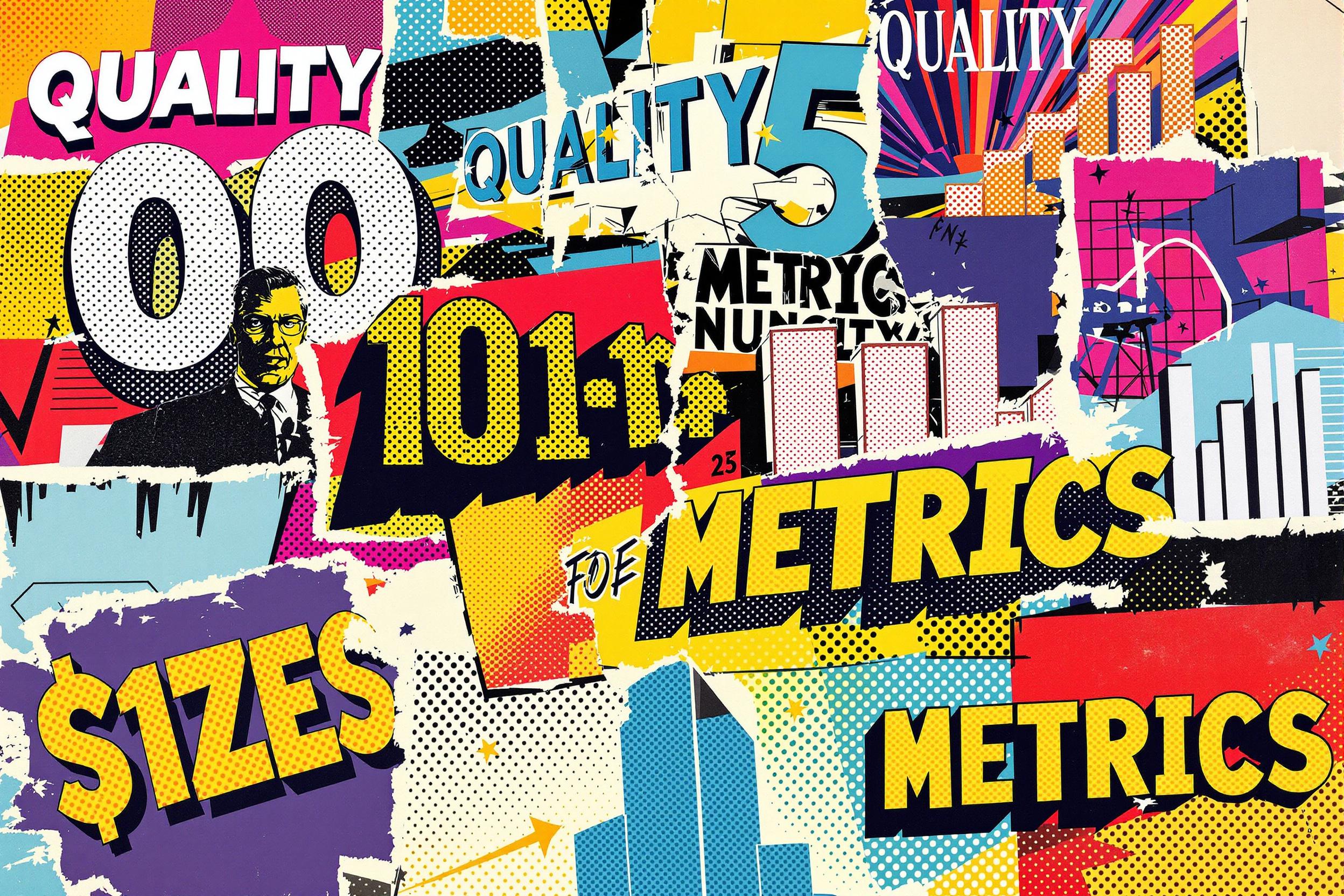
Condition Monitoring
Condition Monitoring is a way to check the health of ships' equipment and machines while they're running. Think of it like a doctor constantly checking a patient's vital signs, but for machinery. Engineers use special tools and sensors to track things like vibration, temperature, and oil quality to spot potential problems before they become serious breakdowns. This helps shipping companies save money by fixing issues early and avoiding unexpected repairs at sea. You might also see this called "predictive maintenance" or "equipment health monitoring" in job descriptions.
Examples in Resumes
Implemented Condition Monitoring systems on cargo vessels, reducing equipment failures by 40%
Led Condition Monitoring programs for fleet of 12 ships
Developed Condition Monitoring and Equipment Health Monitoring strategies for critical marine equipment
Supervised Predictive Maintenance and Condition Monitoring activities across multiple vessels
Typical job title: "Condition Monitoring Engineers"
Also try searching for:
Where to Find Condition Monitoring Engineers
Professional Organizations
Online Communities
Job Boards
Example Interview Questions
Senior Level Questions
Q: How would you implement a condition monitoring program for a new fleet of vessels?
Expected Answer: A strong answer should cover planning phases, equipment selection, staff training, setting up monitoring schedules, and how to measure success. They should mention cost-benefit analysis and working with ship crews.
Q: Tell me about a time you used condition monitoring to prevent a major equipment failure.
Expected Answer: Look for specific examples showing how they interpreted monitoring data, made recommendations, and saved costs. They should explain how they communicated with management and crew.
Mid Level Questions
Q: What are the key parameters you typically monitor on marine engines?
Expected Answer: Should mention basics like vibration, temperature, oil analysis, and pressure readings. Look for understanding of why each parameter matters and normal vs abnormal readings.
Q: How do you decide which equipment needs condition monitoring?
Expected Answer: Should discuss equipment criticality, cost of failure, safety implications, and regulatory requirements. Look for practical experience in making these decisions.
Junior Level Questions
Q: What's the difference between preventive and predictive maintenance?
Expected Answer: Should explain that preventive is scheduled regular maintenance, while predictive (condition monitoring) involves checking actual equipment condition to decide when maintenance is needed.
Q: What basic tools are used in condition monitoring?
Expected Answer: Should mention common tools like vibration meters, thermal cameras, oil analysis kits, and basic monitoring software. Look for understanding of their basic use.
Experience Level Indicators
Junior (0-2 years)
- Basic equipment inspection techniques
- Reading and understanding monitoring data
- Using basic monitoring tools
- Following monitoring procedures
Mid (2-5 years)
- Analyzing trends in equipment performance
- Making maintenance recommendations
- Understanding multiple types of monitoring systems
- Writing monitoring procedures
Senior (5+ years)
- Developing monitoring strategies
- Managing monitoring programs
- Training staff and crews
- Cost-benefit analysis of monitoring systems
Red Flags to Watch For
- No hands-on experience with monitoring equipment
- Lack of understanding of marine systems
- No knowledge of safety regulations
- Unable to interpret basic monitoring data
- No experience with maritime operations
Related Terms
Need more hiring wisdom? Check these out...

Global Compliance Checks: The Hidden Puzzle Pieces of Background Screening Revealed

Navigating Compliance: Structuring On-the-Job Training in Regulated Industries

Resume Optimizations that Candidates Do to Get Past AI Hiring Filters

